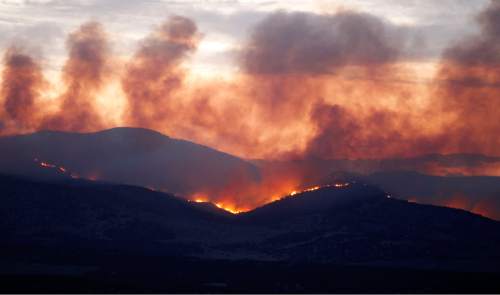
Official projections show this growing to 117 quads in 2050. In 2010, the United States (excluding noncombustion uses as raw materials) used 93 quadrillion BTU of primary energy, four-fifths of it fossil fuels. Europe as a whole is going in the same direction, led by Germany, and now Japan and China are moving that way. Why? To strengthen Denmark’s economy and national security. Now the conservative Danish government has adopted a virtually self-financing strategy to get completely off fossil fuels by 2050 by further boosting efficiency and switching to renewables (already 36% of electric generation, which is the most reliable and among the cheapest pretax in Europe). During 1980–2009, for example, the Danish economy grew by two-thirds, while energy use returned to its 1980 level and carbon emissions fell 21%. Many other countries have lately pulled ahead of the United States in capturing the burgeoning potential for greater energy productivity and more durable and benign supplies. Yet wringing far more work from our energy is only getting started, and is becoming an ever bigger and cheaper resource, because its technologies, designs, and delivery methods are improving faster than they’re so far being adopted. GDP in 2009 took 60% less oil, 50% less energy, 63% less directly burned natural gas, and 20% less electricity than it did in 1975, because more efficient use and alternative supplies have become cheaper and better than the fossil fuels they’ve displaced. This is not because these fuels’ hidden costs have been properly internalized yet into their market prices, but rather because those market prices today are too high and volatile to sustain sales against rising competition. electrical services (95% of its market) to natural gas, efficiency, and renewables. coal use peaked in 2005, and in 2005–10, coal lost 12% of its share of U.S. Thus industrialized countries’ total oil use peaked in 2005, U.S. Yet “peak oil” is now emerging in demand before supply.

And even if fossil fuels had no hidden costs, they are all finite, with extraction peaking typically in this generation.
#Rocky mountain power fire professional#
Coal, too, has hidden costs, chiefly to health, of about $180–530 billion per year, and natural gas had lesser but nontrivial externalities even before shale-gas “fracking” emerged.Īll fossil fuels, to varying degrees, also incur climate risks that society’s leading professional risk managers-reinsurers and the military-warn will cost us dearly.

Those military costs are about ten times what we pay to buy oil from the Persian Gulf, and rival total defense spending at the height of the Cold War.Īny costs to health, safety, environment, security of energy supply, world stability and peace, or national independence or reputation are extra. That’s due to three kinds of hidden costs, each about a half-trillion dollars per year: the macroeconomic costs of oil dependence, the microeconomic costs of oil-price volatility, and the military costs of forces whose primary mission is intervention in the Persian Gulf.

But the biggest hidden costs are economic and military.Īmerica’s seemingly two-billion-dollar-a-day oil habit actually costs upwards of three times that much-six billion dollars a day, or a sixth of GDP. Tens of billions of taxpayer dollars each year subsidize America’s fossil fuels, and even more flow to the systems that burn those fuels, distorting market choices by making the fuels look far cheaper than they really are.


 0 kommentar(er)
0 kommentar(er)
